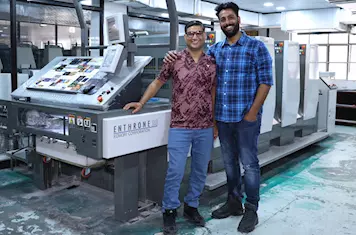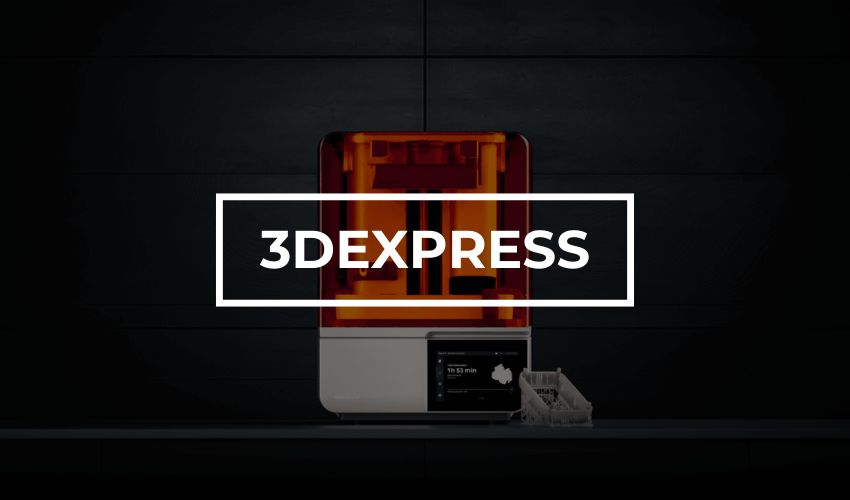Can 3D Printing Make Retreaded Tires Greener?
Tire retreading is an industry that applies new tread to 4.5 millions tires per year. Mordor Intelligence predicts a global retreading growth of $6.41 billion by 2028, up from $5.45 Billion this year.
The waste rubber generated by these tires is a mountainous amount, even though each tire represents a reuse of the majority of a tire. Chris Williams, professor of mechanical engineering at Virginia Tech, explained that retreaded tires are more resistant to rolling than new tires. This causes the trucks to use more fuel.
The university and a former Michelin colleague are working together to develop 3D printing and scanning techniques that will allow retreaded tire production that produces less waste, and rolls more easily. This allows customers to reap the benefits of circular economy by retreading tires without having these issues.
The REMADE Institute has backed the project, which will last two years and cost $1.5million. It is aimed at improving retreading’s efficiency. The REMADE Institute is a public-private partnership established by the U.S. Department of Energy that is dedicated to accelerating the nation’s transition to a circular economy.
“We are really excited to undertake this challenging project, which integrates advances in polymer science and manufacturing including 3D scanning, 3D printing, and industrial robotics,” said Williams. “If all goes well, the resulting retreading technology could result in annual reductions of about 90 metric kilotons of tire waste and 800 metric kilotons of CO2 emissions across the retreading industry.”
The team’s approach will be to use 3D scanning technologies, new materials that can both be printed and resist the solicitations of commercial vehicle tires, as well as industrial robots that can print these materials only at selected locations around the used tires.
While today’s process removes the entire tread of the old tire, the Virginia Tech process would only remove the bad portions, adding new material in those places. The cushion rubber is 3D printed onto the tire surface at those locations, and the glue required to attach the new tread is then applied.
The challenge is that the cushion rubber is a thick material that doesn’t flow well when it is printed onto the tire surface and it doesn’t cure quickly, so these were key areas targeted by the project, said Williams.

Graduate students Yiqun (at left) Fu and Tadek Ksmal monitor the process of 3D printing.
Williams is in charge of developing the 3D-printing process, while Tim Long provides expertise regarding the polymers tested. Williams recently moved from Virginia Tech and Arizona State.
As 3D printers typically print flat surfaces while tires are round, the Virginia Tech Printer works its way around the tire target as it prints in order to create a curvy surface.
The team is now at the halfway point of the project and has developed promising techniques and materials. In the next year, they will use these to make actual tires, and test them to determine their characteristics. Williams says that the material’s performance is the same as traditional rubber bonding. “That is very exciting,” Williams added. “We have 3D printed it and that’s very exciting. We just finished our robotic workcell with the scanning capability. So we’re ready for year two, where we put all those pieces together.”

This tread shows normal wear on a commercial vehicle tire. This tire is being used for testing of the team’s retreading method.
It is important to check the performance of each component in real-world conditions. “Now we look at how well our printer rubber attaches to the old rubber and make sure the whole ‘sandwich’ comes together,” he continued. “The biggest test will be that we are sending some of our printed materials down to our partner, Michelin, and they’ll actually put them on a test track on a vehicle in the next year.”
It will be interesting to see what happens on the road. “The lab results suggest this is good, but now we’ll do an actual test on an actual vehicle.”


